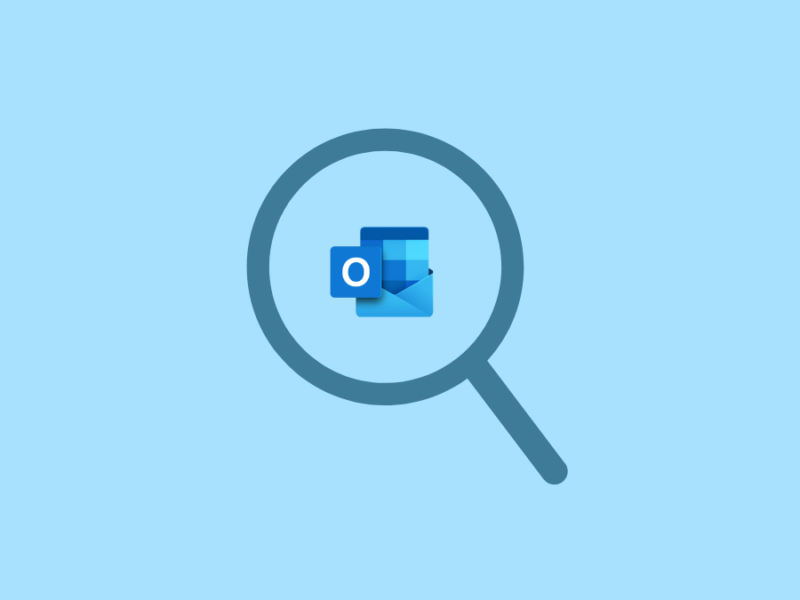PST stands for Personal Storage Table and it is a data file created by the MS Outlook (2000, 2002, 2003, 2007, 2010, 2011, 2013, 2016 and 2019) to save information. All the contacts, emails, tasks, calendars, notes, journal, trash items gets stored in this PST file. Every profile in MS Outlook has a PST file associated with it. You can easily open and view any orphan PST file within MS Outlook.

MS Outlook often creates a data file to store its information whether it is for desktop users or for enterprise server. If you are using MS Outlook with Exchange sever or IMAP account or Office 365 then an OST file is created and in all other cases MS Outlook creates PST file.
Everything about Personal Storage Table
- PST file is compatible with multiple applications thus it can be easily used in various emailing platforms
- A user can access a PST file anywhere anytime, even in the absence of internet connection and that is why a lot of users demands OST to PST conversion.
- If a PST file gets corrupt you can use an in-built SCNPAT application to easily repair it and reuse it anytime.
- PST file does not get inaccessible even in the absence of internet connection. You can open and view your emails in MS Outlook in offline mode.
- Unlike OST file, PST file is created when you configure your MS Outlook using a Pops3 mail account to send / receive / view emails in offline mode.
- PST file is created by all versions of MS Outlook. Right from MS Outlook 2000 till the latest version of MS Outlook desktop client.
How to Find PST File Location in your Machine?
The location of PST file in your machine depends on three things one is the version of your MS Outlook, second is the version of your Windows and third is how you have configured your account. Based on this; you can trace your PST file in any of the following locations:
For Windows 10: drive:\Users\<username>\AppData\Local\Microsoft\Outlook
Or drive:\Users\<username>\Roaming\Local\Microsoft\Outlook
For all older versions of Windows: drive:\Documents and Settings\<username>\Local Settings\Application Data\Microsoft\Outlook
Every emailing application, which is used for desktop, requires a data file to save all its information and PST / OST files are the most common data file which every other user has. Although there are many differences in OST and PST file because they are created in dissimilar scenarios; still, they are convertible.
In case of orphan OST file; one can easily convert an OST file into PST file to open and view its data in a MS Outlook profile. And this makes MS Outlook a very versatile application to be used by a large number user in various platforms; be it for home use, for enterprises, into a mobile phone or tablet.

